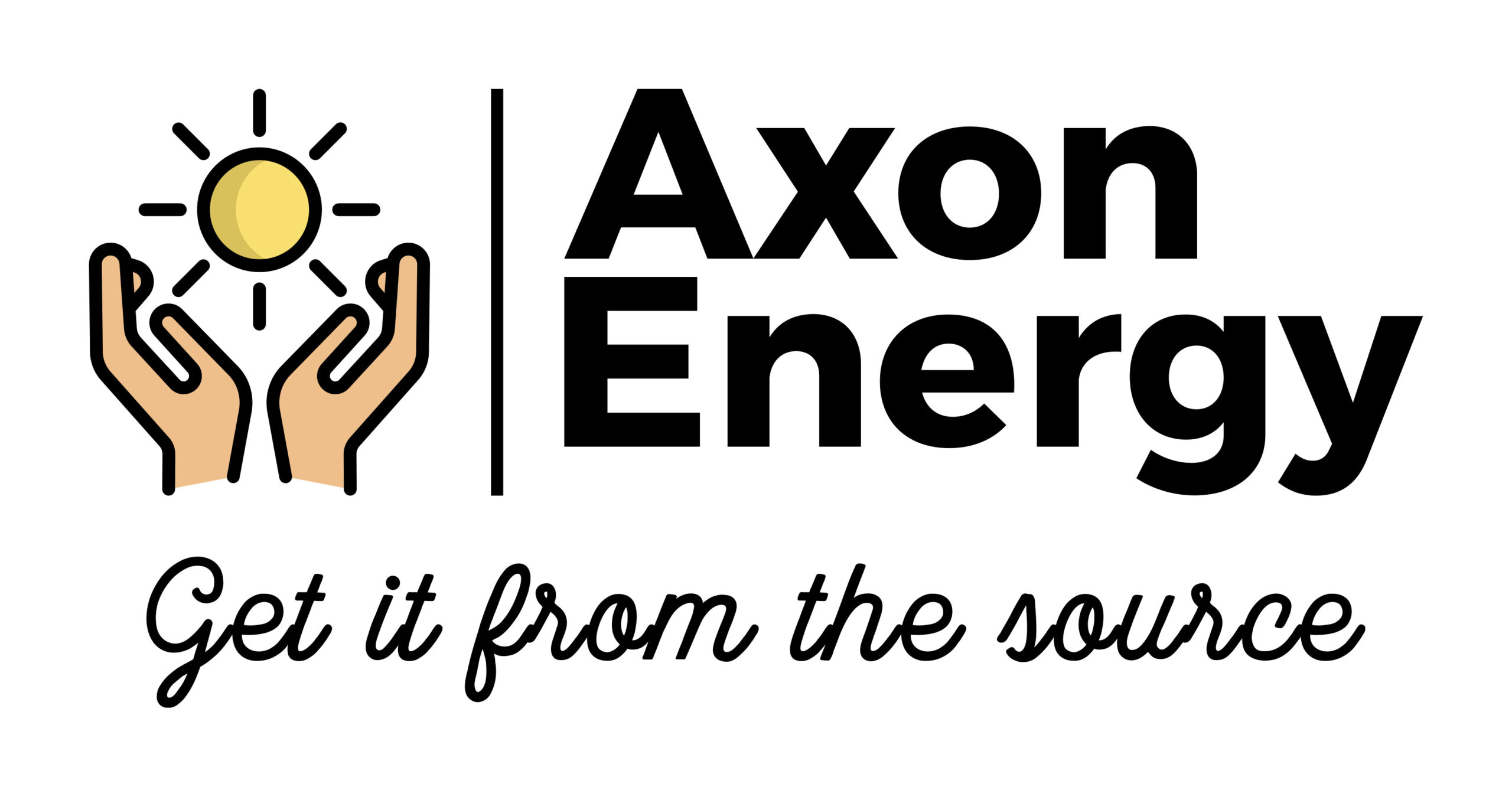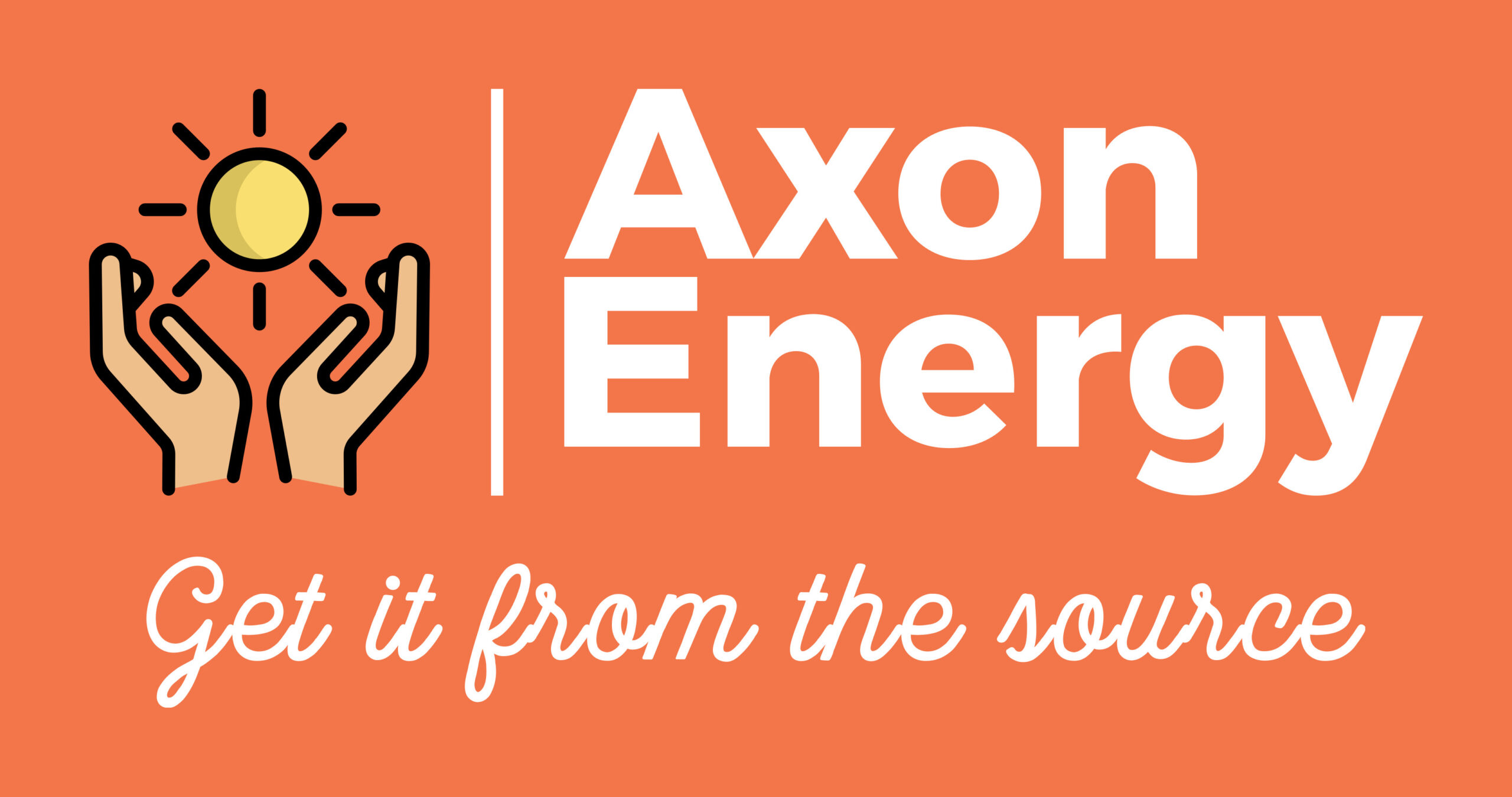Solar energy is a clean and sustainable source of power, and installing solar panels allows you to harness this abundant resource. If you’re considering a solar panel installation, understanding the installation process can help you prepare and ensure a smooth transition to solar energy. In this guide, we will walk you through the step-by-step process of how a solar panel is installed.
Consultation and Design
The first step in installing solar panels is to have a consultation with a reputable solar installer. They will assess your property, discuss your energy needs, and determine the optimal system size and configuration. They will also explain the installation process, answer any questions you may have, and provide a quote for the project.
Permits and Paperwork
Before the installation can begin, permits and paperwork must be obtained. Your solar installer will handle this process, ensuring compliance with local regulations and utility requirements. This may include submitting permit applications, interconnection agreements, and other necessary documentation.
Site Preparation
Once the necessary permits are obtained, the installation team will visit your property to prepare the site. They will examine the roof or ground area where the solar panels will be installed, ensuring it is structurally sound and suitable for solar installation. If needed, any obstructions, such as trees or vents, may be removed or relocated.
Mounting the Racking System
Solar panels are typically mounted on a racking system, which provides support and ensures proper panel alignment. The installation team will securely attach the racking system to your roof or ground area using bolts or other appropriate fasteners. It is important to note that the roof must be watertight and in good condition to prevent any leaks.
Wiring and Electrical Connections
Once the racking system is in place, the solar panels will be mounted on the racks. The installation team will carefully wire the panels together, connecting them in a series or parallel configuration. They will also install a conduit to route the wiring from the panels to the electrical components, such as inverters and meters.
Inverter Installation
The inverter is a crucial component of a solar panel system as it converts the direct current (DC) electricity generated by the panels into usable alternating current (AC) electricity. The installation team will mount the inverter in a suitable location, usually near the main electrical panel or utility connection point.
Connection to the Electrical Grid
To connect your solar system to the electrical grid, the installation team will work with your utility company. They will install a net meter, which measures the electricity your solar panels produce and the electricity you consume from the grid. This enables you to receive credits for any excess electricity you generate.
System Testing and Commissioning
After the installation is complete, the system will undergo thorough testing to ensure it is functioning properly and safely. The installation team will verify electrical connections, test the performance of individual panels, and check the functionality of the entire system. They will also provide you with information on monitoring your system’s performance.
Conclusion:
Installing solar panels is a significant step towards embracing clean energy and reducing your carbon footprint. By following these step-by-step guidelines, you can gain a better understanding of the installation process and be well-prepared for your solar panel installation. Remember to work with experienced professionals to ensure a successful and efficient installation, allowing you to enjoy the benefits of solar energy for years to come.



